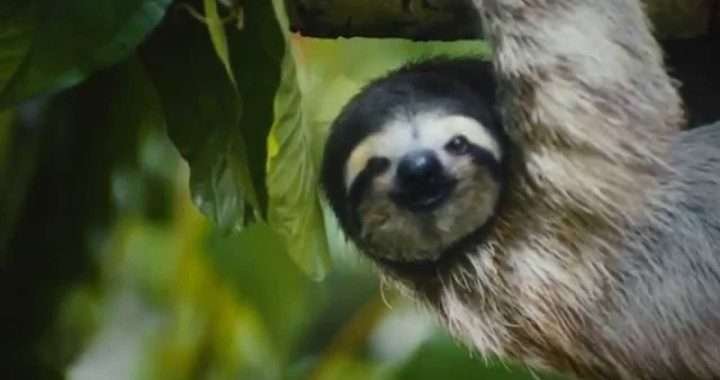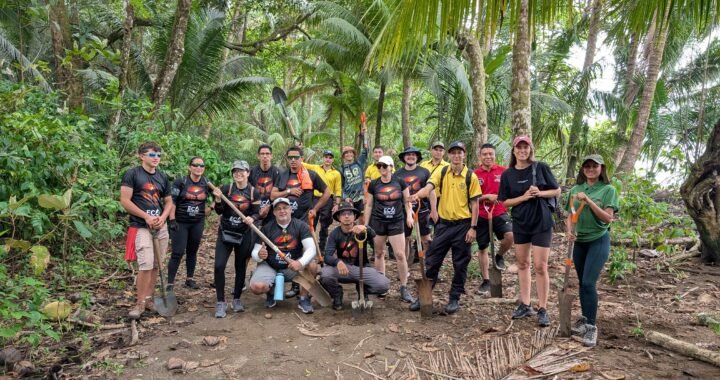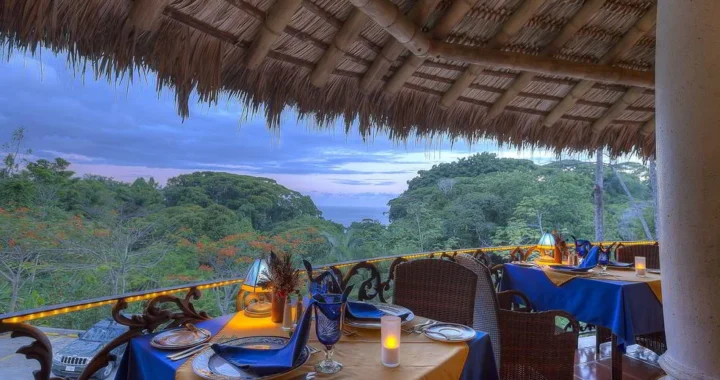


















Humpbacks Whales, Acrobatic and Powerful!
Don't miss the opportunity to get a whales watching tour and see them while you are here!
By Dagmar Reinhard
Using their massive flukes (tail fins), the humpbacks whales (Megaptera novaeangliae) propel themselves through the water. Regularly, they catapult their 40 tons of body weight completely out of the water, landing with a tremendous splash.
At an average speed of 14 km/per hour, they are capable of migrating the globe, from Antarctica to the Pacific.
Their endurance is amazing; they travel over 5000 km during each migration with almost no rest along the way. They eat up to 1.5 tons of food a day; they feed on krill, tiny shrimp like animals, and small fish.
They don’t have teeth, but baleen plates that trap the food they swallow.
Humpbacks whales have developed the hunting bubble-net feeding method, rounding up highly concentrated masses of prey. The hunting members of a pod create a circle of 3 to 31 m across and about 15 m under the water. Then, the humpbacks blow bubbles in a spiral path as they swim to the surface.

The krill is trapped in the cylindrical wall of bubbles and moves up to the surface of the water in a giant, concentrated mass, going directly into their huge gobbling mouths.
Humpbacks whales migrate annually from southern or northern feeding grounds near the poles to warmer breeding waters closer to the Equator. When they migrate, they leave their main food source (krill) and have to survive for up to six months using their own fat storage (called blubber).
The size of an average humpback can be compared to that of a bus.
The females are slightly bigger than the males and can reach up to 19 m in length.
 In two different migrations a year, the humpbacks migrate to the Marino Ballena National Park in Costa Rica, either from the North Pacific Ocean or from the oceans of the Southern Hemisphere. They come to breed, give birth, and care for their newborn calves in the warm waters of the Southern Pacific.
In two different migrations a year, the humpbacks migrate to the Marino Ballena National Park in Costa Rica, either from the North Pacific Ocean or from the oceans of the Southern Hemisphere. They come to breed, give birth, and care for their newborn calves in the warm waters of the Southern Pacific.
Every 1-3 years a calf is born to a female. If you go on a whale-watching tour departing from Uvita Beach, you might see the mother and calf playing while the bull is tail slapping.
Mothers and their young always swim together, often touching one another with their flippers.
 The calves are nursed for almost a year; it takes four to seven years for the whales to reach puberty, and 15 years to reach full adulthood.
The calves are nursed for almost a year; it takes four to seven years for the whales to reach puberty, and 15 years to reach full adulthood.
Calves do not stop growing until they are ten years old.
Humpback whales are known for their magical songs which are complex with each population singing its own unique song, plaintive sounds traveling large distances through the ocean waters around the world.
These sequences of moans, howls, and cries, often continue for hours on end. It seems that humpbacks sing to communicate with others and to attract potential mates. Twice a year we can admire these joyful giants along our beautiful Costa Ballena.
Let’s make sure our future generations will be able to enjoy them, too.
What to do, Where to eat and Where to stay…
- Activities and Tours
- Whale Watching Tour
- Natural Attractions
- Marino Ballena National Park
- Restaurants
- Hotels and Accommodations
South Pacific Costa Rica Beaches,
Looking for business directories, maps or other printouts? We’ve got that too!
Dare to Discover and Enjoy…
Check out…
Need help planning your Costa Rica vacations? We look forward to helping you!
Email: carlos@ballenatales.com
Phone: +(506) 8946 7134

Busting Myths About Costa Rica Destination, Free Costa Rica Magazine #99
We’ve recently seen misinformation circulating suggesting that Costa Rica is an expensive destination.
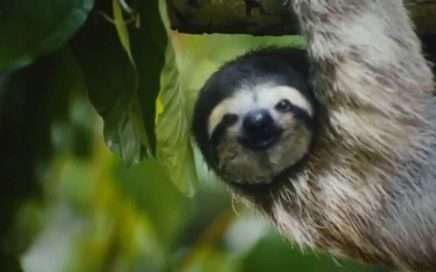
Debunking myths about Costa Rica’s South Pacific destination
There is false information circulating that suggests the South Pacific Costa Rica is an expensive destination
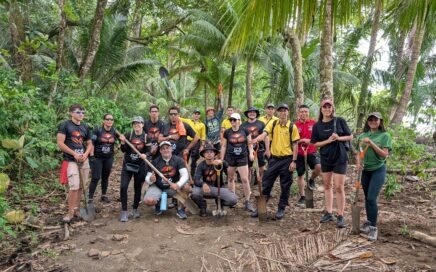
Beach Clean Up in Uvita: Community Spirit in Action at Marino Ballena National Park
Beach Clean Up in Uvita Community Spirit in Action at Marino Ballena National Park Author: Sophie Schindler
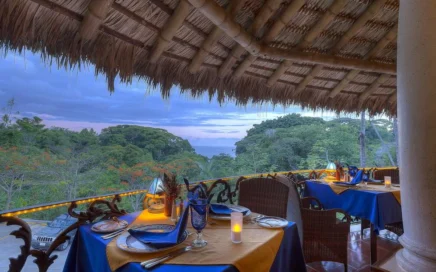
Costa Rica’s First 100% Gluten-Free Gourmet Restaurant
Costa Rica’s First 100% Gluten-Free Gourmet Restaurant La Palapa Restaurant: Indulgence Without Compromise Travelers come to Costa Rica seeking nature, adventure – and memorable dining. At Cuna del Ángel, a boutique hotel nestled in the […]
